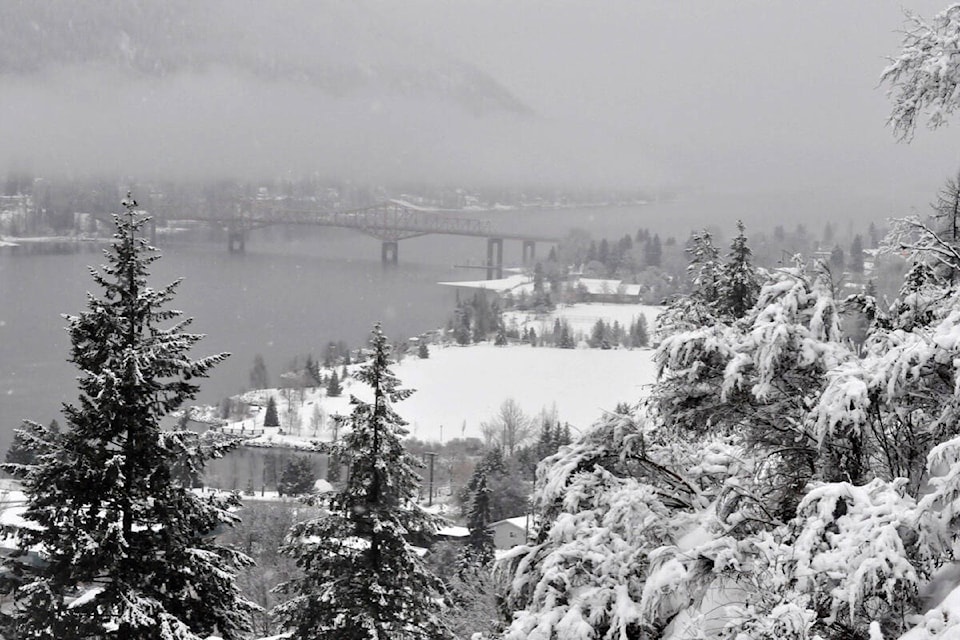Avalanches can be deadly, but this year, the number of avalanche-related fatalities and serious injuries in British Columbia has been staggering.
Deaths from avalanche incidents have been recorded near Nelson, Valemount and Revelstoke this year, and a recent incident near Cherryville resulted in one person taken to hospital.
These incidents should not be seen as statistics, but as individual tragedies. Each of those who have died in an avalanche are people who have left behind family and friends.
The stories of this year’s avalanche disasters should highlight the risks of avalanche dangers. British Columbia’s avalanche season typically starts in November and continues into May.
The busiest months are December through March. It is possible there will be more serious incidents before the season is over.
While avalanches can be a hazard in any winter, the risk of avalanches in the Interior of British Columbia this year is at its highest level in more than a decade.
Conditions have been described as unpredictable.
This year’s snow pack has been compared to 2003, one of the worst years for avalanche fatalities on record. That year, avalanches claimed the lives of 29 people in Canada, most in British Columbia.
It was a devastating year, and one nobody wants to see repeated.
This is why Avalanche Canada and the provincial government have been issuing warnings, urging people to stay away from steep slopes and to check conditions before heading out. It is important to heed these warnings.
We are in the midst of a severe avalanche season.
Extreme precautions are necessary.
– Black Press
To report a typo, email:
news@summerlandreview.com.
news@summerlandreview.com
Like us on and follow us on .



